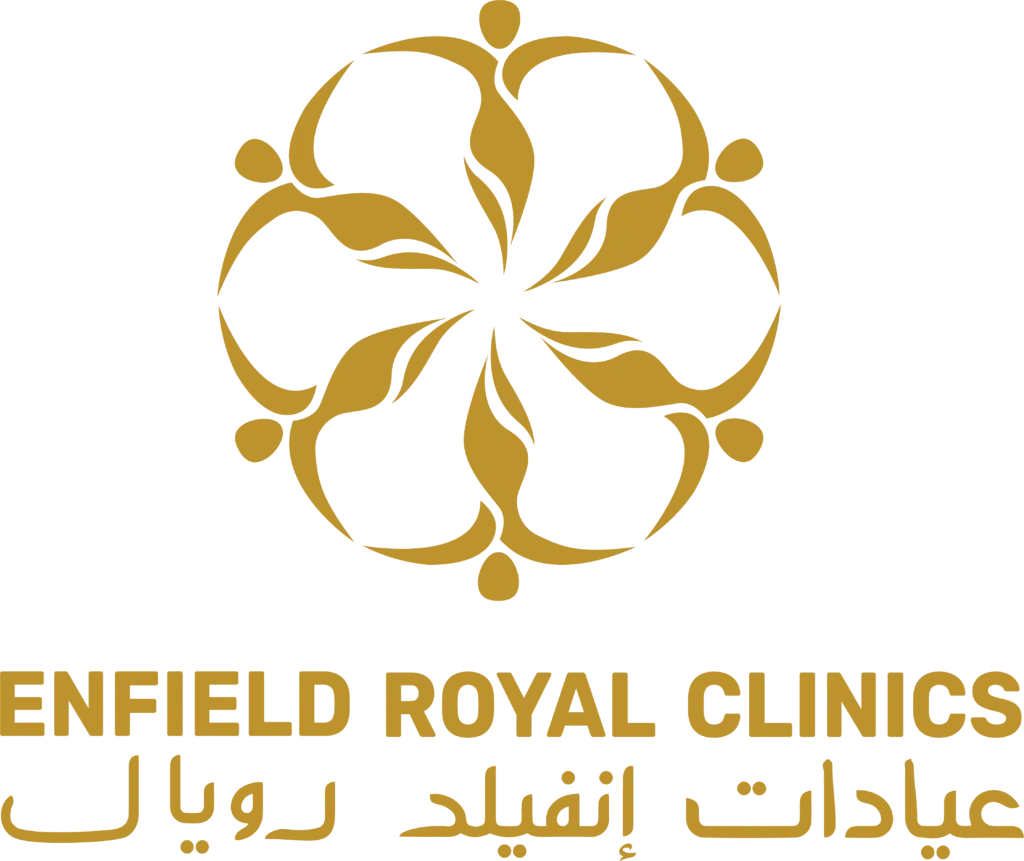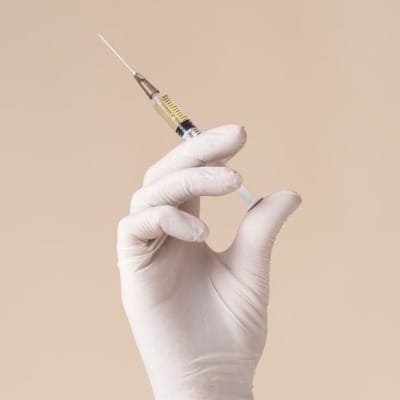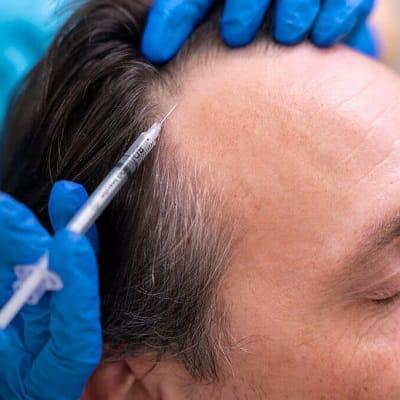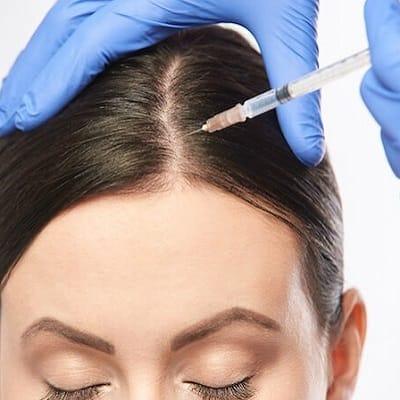Platelet-rich plasma (PRP) is a front-line medical therapy for hair loss. It is a flexible therapy for thinning hair that may be used alone or with hair transplant surgery. Several hair transplant doctors began using this approach in their hair replacement procedures. Hair loss and thinning hair may be upsetting, affecting confidence and self-worth. Platelet-rich plasma (PRP) therapy has become a radical hair restoration method. It provides a safe and efficient option for those looking to revitalize their hair. We will look into the science behind PRP, its benefits for hair care, and how PRP therapy works in this article.
Understanding PRP in Hair Restoration
The source of platelet-rich plasma is the patient’s blood. Blood is extracted using a specific procedure, and the platelets—abundant in growth factors—are separated by centrifugation. The regeneration and repair of tissue depend on these growth factors.
Next, PRP is injected into the scalp in regions with hair loss or thinning. PRP’s growth factors activate dormant hair follicles, stimulating them to produce more hair, thicker hair, and an overall healthier scalp.
How Prp for Hair Treatment Is Beneficial
Before going for this treatment to address hair loss or baldness, we should focus on how Prp for hair treatment is beneficial. Let’s explore it;
- Organic and Inorganic: PRP uses the patient’s blood, which is an entirely natural therapy. As a result, there is a far lower chance of allergic responses or negative side effects. It being autologous guarantees that the body will take the therapy quickly, facilitating a secure and efficient hair restoration procedure.
- Activates Follicles in Hair: PRP’s growth factors are potent hair follicle stimulants. PRP stimulates the development of new, healthier hair strands by reviving dormant follicles, which successfully prevents hair loss and promotes a fuller head of hair.
- Enhanced Hair Density: PRP improves the thickness and strength of existing hair and promotes new hair development. This double advantage revitalizes the hair’s general condition and gives the illusion of additional volume and strength.
- Non-invasive and Minimally Surgical: PRP therapy is a minimally invasive, non-surgical method for treating hair. Unlike conventional hair transplant procedures, this procedure does not need incisions or sutures. Because of this, PRP is a desirable choice for anyone looking for a less intrusive method of hair regrowth.
- Efficient and Practical: PRP treatments are often easy to schedule and take less than an hour. Because of its simple integration into a hectic schedule, hair restoration procedures do not significantly interfere with people’s everyday lives.
The Procedure for PRP Therapy
- In a way similar to a standard blood test, a small volume of the patient’s blood is taken, often from the arm.
- After the blood is extracted, the platelets and growth factors are extracted using a centrifuge from the other components of the blood.
- Carefully injecting the concentrated PRP into the scalp targets regions thinning or experiencing hair loss. The injection procedure is not very painful and causes very little discomfort.
After Treatment Care
After receiving PRP therapy, patients may return to their normal routines. The least downtime is necessary; any possible negative effects are often minor and transient.
Speaking with a Specialist in Hair Restoration
Speaking with a hair restoration specialist is essential while using PRP for hair repair. Experts evaluate each case individually to ensure the treatment plan is customized to meet the demands and achieve the intended results.
Hair restoration specialists may advise mixing PRP with other therapies, including topical drugs or laser treatments, to improve outcomes. This tailored strategy optimizes the entire treatment plan’s efficacy.
Conclusion
Platelet-rich plasma (PRP) treatment is the top of modern hair restoration methods. It is an attractive alternative for those looking for a non-surgical method of treating hair loss because of its natural and autologous character and its capacity to increase thickness and stimulate hair follicles. People may learn more about PRP’s advantages and take a confident, worry-free step toward healthier, fuller hair by speaking with a hair restoration specialist.
I will refer to Enfield Royal Clinic as the best place to consult with an expert doctor and deal with your hair loss outcomes.










Leave a Reply